Description
Bolivian Torch (Echinopsis lageniformis): Previously known as ‘Trichocereus bridgesii’
The Bolivian Torch cactus (Echinopsis lageniformis) is a lesser known light green and fast-growing columnar mescaline cactus that originates from Bolivia where it has been used by the indigenous shamans for centuries, particularly in the region in and around La Paz. This cactus usually has 4-8 ribs and can reach an impressive height of 2-5 meters and the mature plant is dotted with nodes of up to four spines with a length of up to 6-7cm, wherein the node-margin is about 2.5-3cm. The natives of Bolivia call this cactus Achuma.
Mescaline
The Bolivian Torch cactus contains the well researched alkaloid mescaline, a psychoactive substance that induces strong psychedelic and hallucinative effects. Oh, by the way, for those interested in chemistry – the chemical formula for mescaline is 3,4,5-trimethoxyphenethylamine. The consumption of flesh of this cactus causes strong visual effects, an altered point of view and perception of the surrounding world, feelings of enchantment by and/or connectivity to all creatures of mother nature and even the whole planet as a giant organism. It takes only 0.3-0.4 gram of pure mescaline to unhitch from reality, so be careful with the dosage. And, you have to be aware that the consumption of plant material of mescaline-producing cacti will cause – frankly said – a vomiting fit. But that is a temporary effect and should, at least that is what the indigenous users say, be seen as a cleansing from all the remnants that could otherwise have influence on the trip, you get rid of the past and are about to head out to a new life. To limit the damage to your feel, we recommend to refrain from any food consumption for at least 6 hours before the planed mescaline trip. With this precautionary measure taken, you make sure the buttons you swallow will stay in your stomach for longer, hence you will be able to absorb more of the active substances before your tummy inevitably turns upside down.
How To Dose Mescaline Cacti Properly
Cultivating the Bolivian Torch cactus
In order to provide the best cuttings, we only offer those exclusively derived from healthy and strong cacti. These cuttings facilitate the home cultivation of your own Bolivian Torch cactus and they only need to be placed in special cactus soil to develop a new and healthy root system and to pick up growth, as if it had never been cut off. Standard soil for houseplants is not suited for cacti, because cacti have totally different nutrient needs than a Ficus benjamina for example.
Be careful when watering your cactus, remember, it is a desert plant and what it really dislikes is a real shower – the best way to water it, is by letting it absorb exactly what it needs. This can easily be achieved by planting the cutting in a pot with a punctured bottom. Place this pot in a shallow tray and fill the tray with water. The dry soil will absorb just enough water to be saturated with moisture and the roots of the cactus will strive to reach down to this moisture. In spring and autumn it is sufficient to water the cactus once a week. In the winter time 2-3 weeks between waterings is OK, but in the summer time it can require 3-5 waterings a week.
Place your cutting in a shady spot for the first four weeks to allow for the cactus to develop a new root system and to accommodate to its new environment. There is no need to water the cutting in the first 2-3 weeks.
Name change: From Trichocereus to Echinopsis
Formerly known as “Trichocereus bridgesii”, the Bolivian Torch cactus has recently been renamed to “Echinopsis lageniformis”, because a new classification for cacti came into effect and they placed this cactus in the much bigger family of the Echinopsis. The reason they called this cactus Echinopsis lageniformis and not Echinopsis bridgesii is simple: there was already an Echinopsis bridgesii in the Echinopsis family, so the second part of the name of this cactus needed to be changed also.
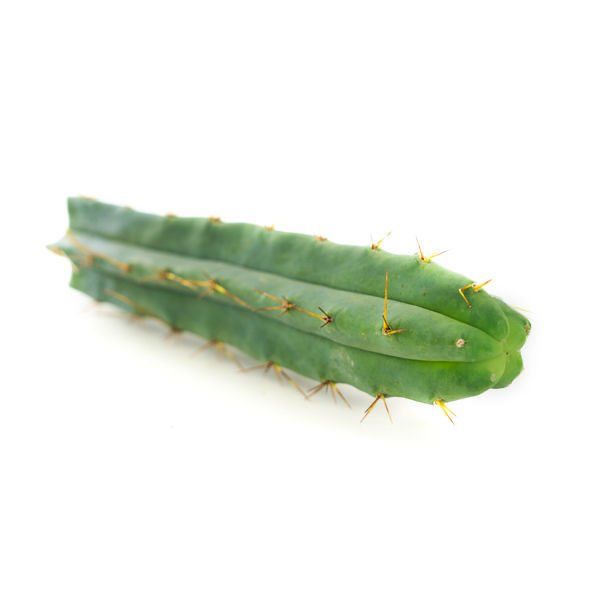
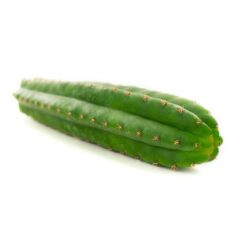
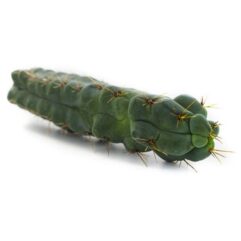

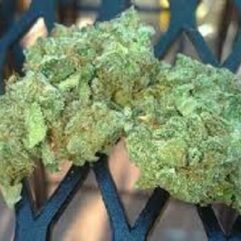



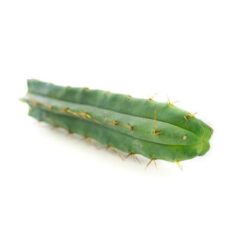
Reviews
There are no reviews yet.